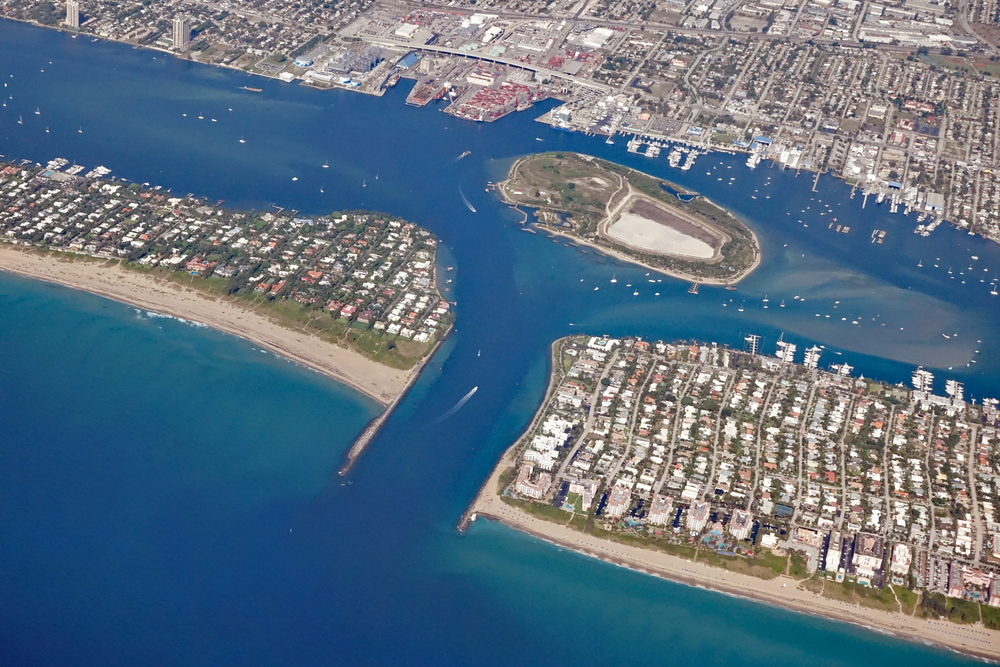FEMA is Reviewing and Changing Flood Maps and Risk Zones in South Florida

If you live in South Florida and are not carrying flood insurance, you may be required to change that soon. The Federal Emergency Management Agency (FEMA) is currently changing flood maps for South Florida.
FEMA is reviewing and changing flood maps and risk zones throughout the area which may very well result in thousands of Florida homeowners having to add flood insurance to their insurance portfolio. If you live in a specific danger zone, your mortgage lender will require that you add flood insurance. If you own your home outright, you are not required to carry flood insurance, but you would be on the hook for any repair or rebuilding costs due to flood damage.
The current maps were adopted in 2017. “We see remapping typically every three years,” said Fielding McElroy with Bullen Insurance Group in a recent WPTV article. Early data reporting from FEMA is indicating that thousands of homeowners in Palm Beach County could see their risk rating go from low to high.
While homeowners in low to middle risk zones are not usually required to carry flood insurance, once you move into a “high risk” zone flood insurance becomes mandatory.
“We have clients call almost daily that their insurance rates are increasing due to the remapping of flood zones,” said McElroy in the WPTV article.
North Palm Beach will most like be hit hard by the changes with up to 1,400 homes being reclassified as high risk. At a recent town council meeting, bringing in a consultant to appeal the changes was discussed.
“People, if they have a flood policy today, we can grandfather their older BFE, base flood elevation,” Patricia Latshaw, Senior Vice President of Compliance at Wright Flood said in the WPTV article. “So, if they’ve had continuous coverage through the NSIP, or they built in compliance, we want to give them that better rate because they did what they were supposed to when they initially built the building. So, they shouldn’t be penalized for that.”
If you wish to voice your opinion on the matter, FEMA will be holding open houses on Feb. 4 and 5 at the Mary V. McDonald-Wilson Center off Australian Avenue in West Palm Beach. This is an opportunity to talk one on with FEMA and local experts to see exactly how the proposed changes could affect you.
Once the meetings are done, a 90-day appeal period will begin and then FEMA will issue final decisions which means it could take up to a year for the new zones to take effect.
Flood Insurance 101
If a new flood insurance policy is in your future, here is a quick overview of flood insurance:
Flood damage is never covered by a standard homeowners insurance policy and in order to fully protect your home you need to carry a separate flood policy. Flood insurance is sold in both the private market and by the National Flood Insurance Program (NFIP). NFIP policies are backed by the federal government but come with limitations.
Coverage can vary depending on your policy, but most policies cover the following:
- Foundation and structure of your home
- Garage and detached structures
- Personal property, which includes furniture, clothing, and electronics
- Built-in appliances, refrigerators, dishwashers, and stoves
- Permanently installed carpeting and household fixtures
- Air conditioning unit and furnace
- Plumbing and electrical systems
- Up to $2,500 in valuables such as jewelry, memorabilia, art, and furs
- Debris removal
NFIP policies come with a $250,000 coverage cap and $100,000 in personal property coverage so if it would cost more to rebuild your home or replace your belongings you may need to supplement your coverage in the private market.
Another thing to keep in mind is that NFIP polices are replacement cost on your homes structure, but your personal property is insured for the actual cash value. This means the NFIP will pay out the actual value of your covered belongings.
As an example, while it may cost $1,500 for a brand-new couch to replace the one you lost in a flood, if your couch was worth $600 at the time of the covered loss, that’s the amount you’ll receive from your flood insurance policy. Private insurers may offer replacement cost on your belongings, it can vary by policy.
A flood insurance policy does not typically cover the following:
- Damage from sewer backups or sump-pump
- Motor vehicles
- Floodwater damage which leads to mold and termite damage
- Financial losses you might suffer from not being able to conduct your home-based business
- Stock certificates
- Cash and jewelry are only covered to specified limits
- Swimming pools, outdoor hot tubs, and patios
- Landscaping
